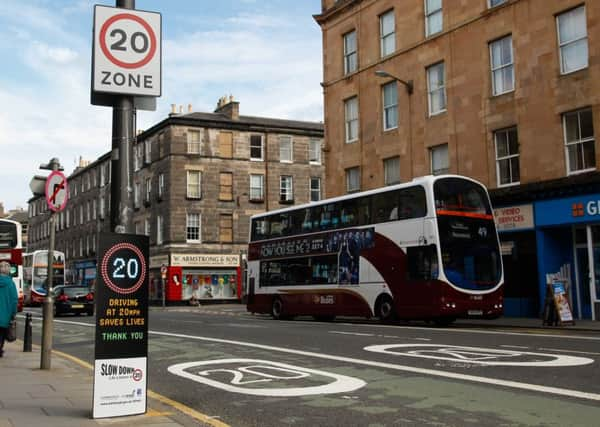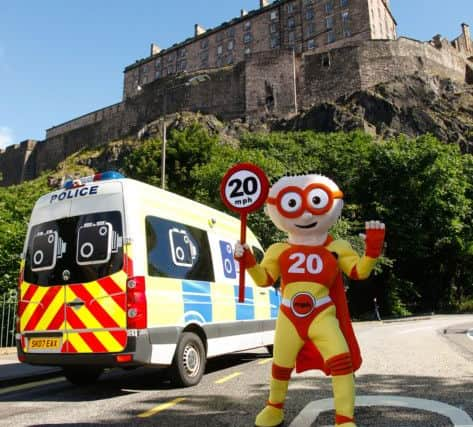Nigel Bagshaw: Whatever the make-up of the future City of Edinburgh Council after next year's local elections, roads will be a priority


No surprises there, then. Eyebrows might be raised, however, that a Green councillor should champion a more concerted effort to improve the Capital’s roads (and footways and cycle-ways, of course).
However, the state of roads is a concern for everyone: certainly cyclists and also elderly pedestrians crossing roads and disabled passengers wincing at the latest pothole. We can’t have a 21st century sustainable city with crumbling 1960s infrastructure and our best Danish, Dutch or German competitors manage to combine far better roads with far greener transport systems.
Advertisement
Hide AdAdvertisement
Hide Ad

That is why Green councillors, in our annual budget amendments, have repeatedly sought to put more money into basic footway and road maintenance.
But the Audit Scotland report makes clear that a step-change is needed. Not usually an agency given to exaggeration, its report says “urgent” action is needed. That means that whatever the make-up of the council which emerges after next May’s elections, getting roads right will need to be a priority.
That is why I propose an immediate review, with three themes: prevent, manage and invest.
On prevention, it cannot be any coincidence that road conditions have worsened as vehicle stresses have risen. Why does every local Sainsbury/Tesco/Morrisons need massive supply trucks trundling along local streets every day? Let’s get big lorries out of the city. Let’s also be aware of the impact of bulky 4x4 vehicles compared to much smaller cars of yesteryear. We cannot reduce strain on the roads without a significant reduction in traffic volumes.


Other cities do it. Why can’t Edinburgh?
Advertisement
Hide AdAdvertisement
Hide AdOn management, despite the best intentions, the quality of work left after utilities or private contractors dig up roads is often shockingly poor. There needs to be real consequences for leaving roads and pavements in such a state. And our own roads service needs to get an awful lot better at the customer service side of the business.
And there will be a bill, of course. The city council alone cannot meet the costs from a dwindling budget. And it should not have to. As Transform Scotland’s “Fix it First” campaign points out, the repair bill for Scotland’s roads is about £2.2 billion. That is a lot of money, but only a fraction of the £9bn which the Scottish Government has in its road-building plans.
In other words, a little more focus on improving and maintaining what we have and a little less on multi-billion pound motorway, bridge or dual-carriageway projects would do the trick.
Councillor Nigel Bagshaw is Green transport and planning spokesperson